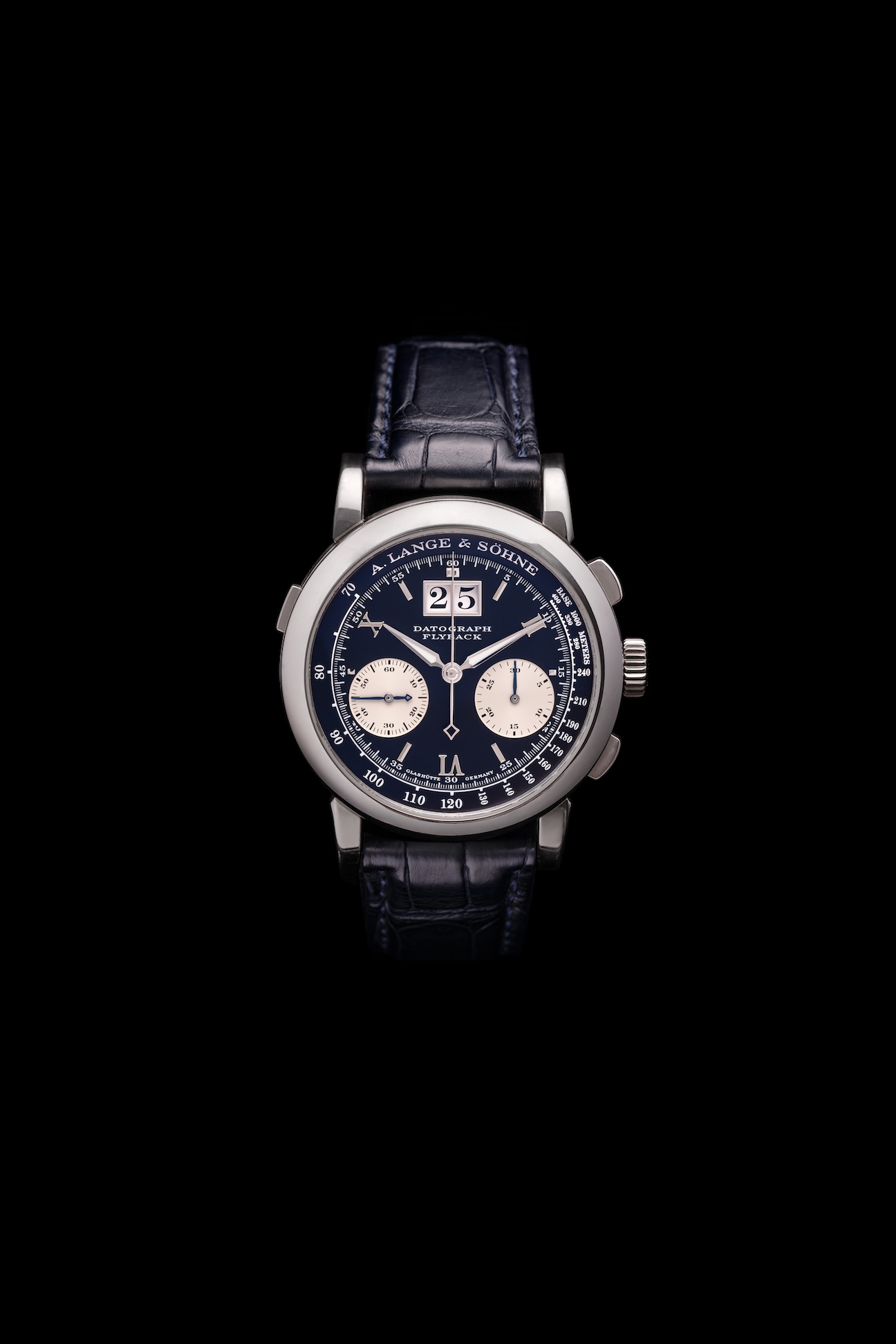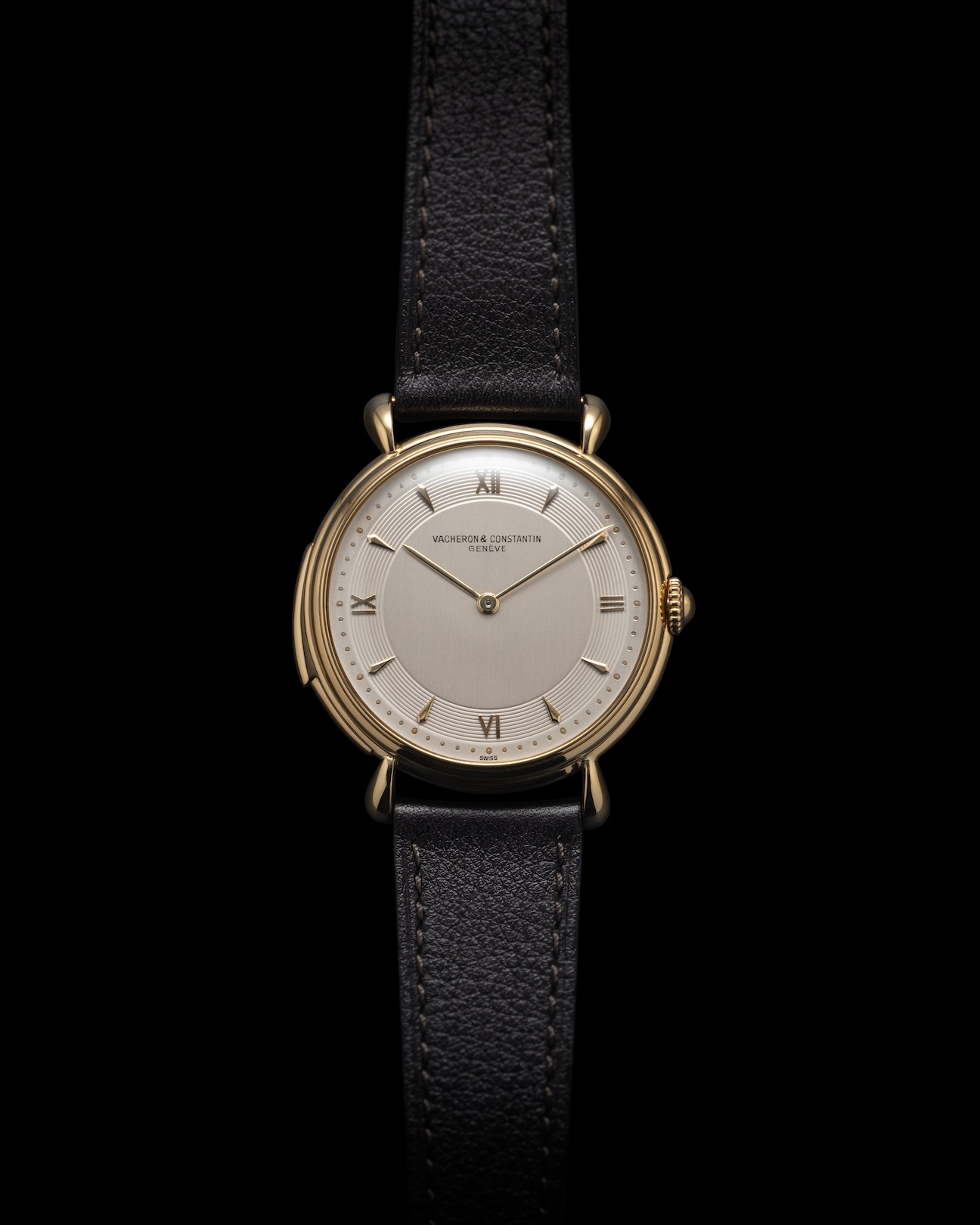
The quest for thinness has long been on watchmakers’ minds. Tracing back to the days of pocket watches, the demand for a timekeeper that was sleeker and more streamlined was ever-present. When achieving thinness, it really comes down to the movement, which inherently takes up most of the real estate within a watch case. The famed French watchmaker Jean-Antoine Lepine was one of the first to experiment with slimming the movement architecture, refining the thick “sandwich” style commonly used in pocket watches by eliminating the top plate that held the gear train and replacing it with a slimmer series of cocks and bridges.
In the 1700s, thinness wasn’t enough to secure icon status, but by the 1900s, a race to the thinnest had become a central focus in watchmaking. In 1943, Vacheron Constantin made a significant entry into that race with the Reference 4261, an ultrathin minute repeater whose movement measured a record-setting 3.2mm. Within the short production run of the Reference 4261, spanning just eight years, fewer than 40 examples were produced. Feats of thinness aside, there’s really no greater mark of an icon than rarity.
Within those 30-some odd examples, Vacheron doubled down with different metals (yellow or rose gold), dial colors, and configurations (some featuring basic hours and minutes and others with a small seconds subdial). The latter detail tells us there were thus variations on the ultrathin caliber 4261 and suggests the continued lineage of UltraThin from Vacheron Constantin.
In 2013, the brand set another world record with the Patrimony Contemporaine Ultra-Thin Caliber 1731. While the proportions were a bit larger than the 1940s edition (with the caliber 1731 measuring 3.9mm), it offered significant technical advancements with a 65-hour power reserve and a unique silent flying-strike governor, responsible for regulating the chime of the minute repeater. Most recently, Vacheron perpetuated the lineage of this icon with the Les Cabinotiers Minute Repeater Ultra-Thin in 2022.
